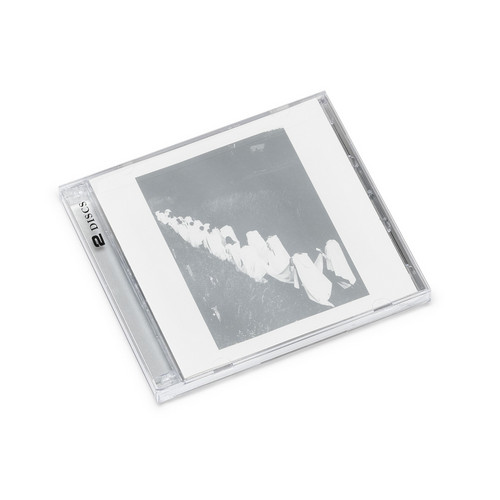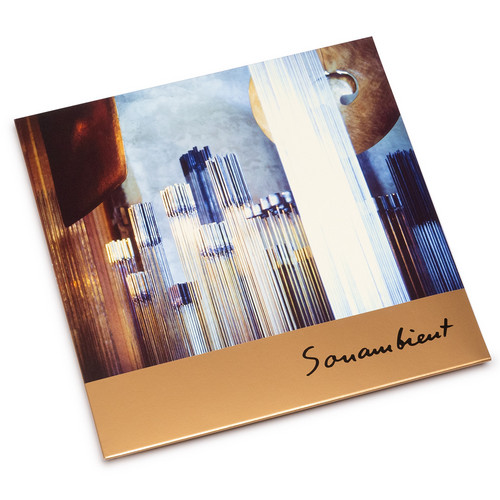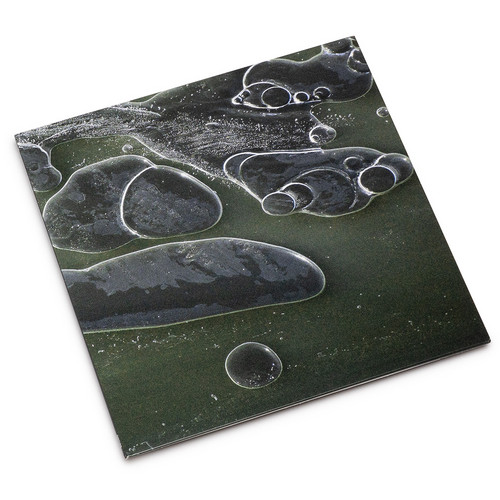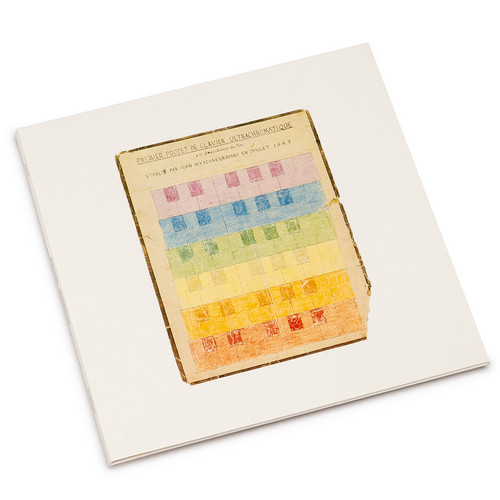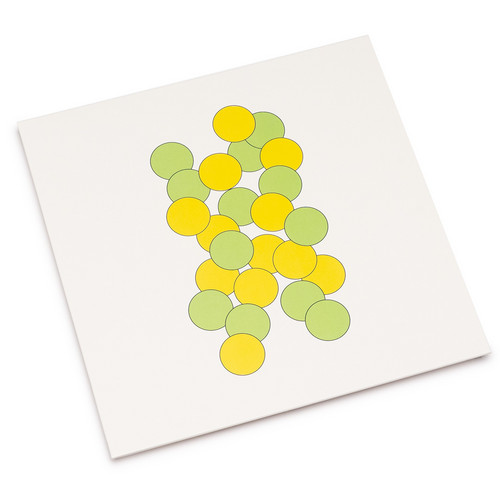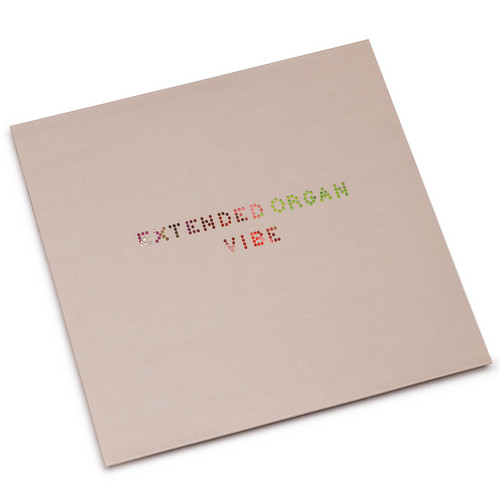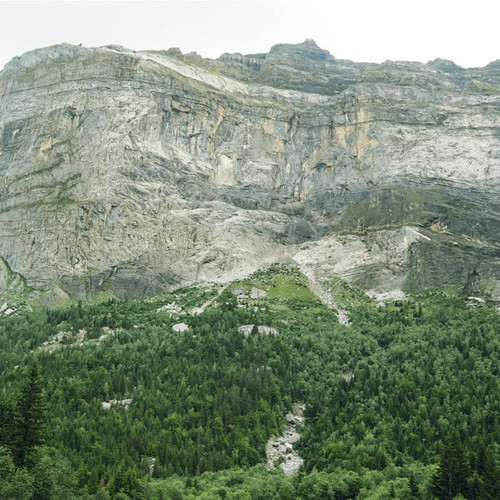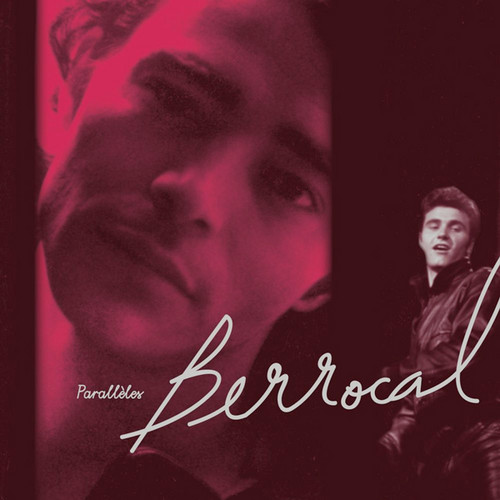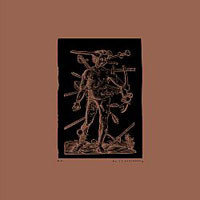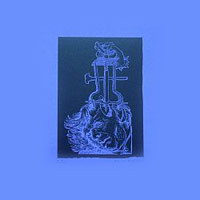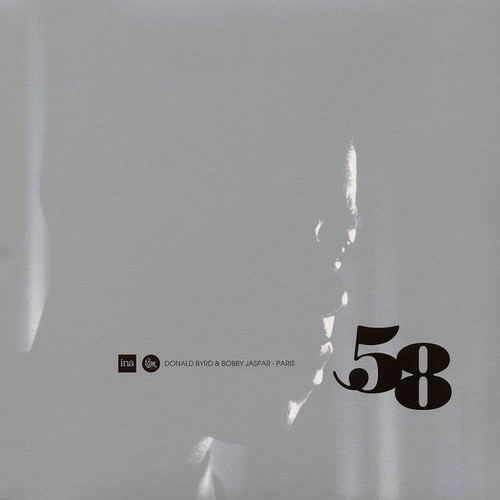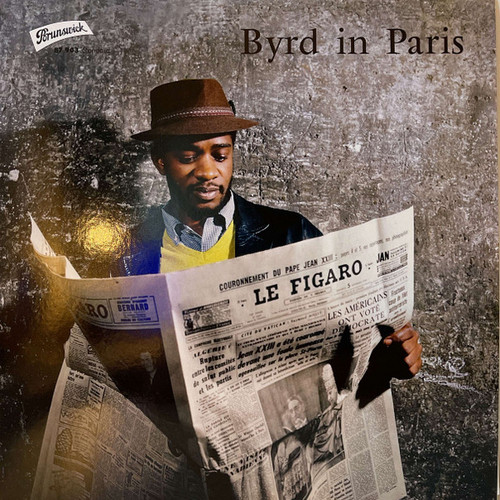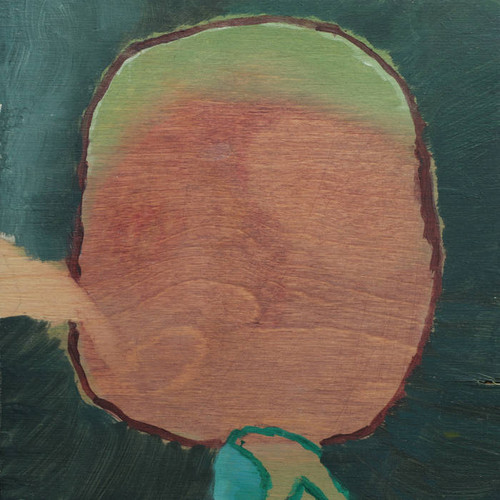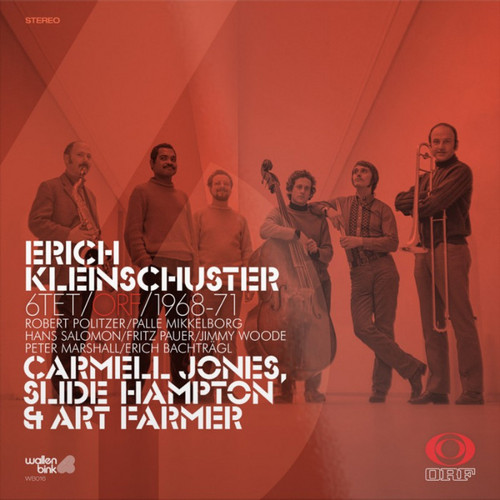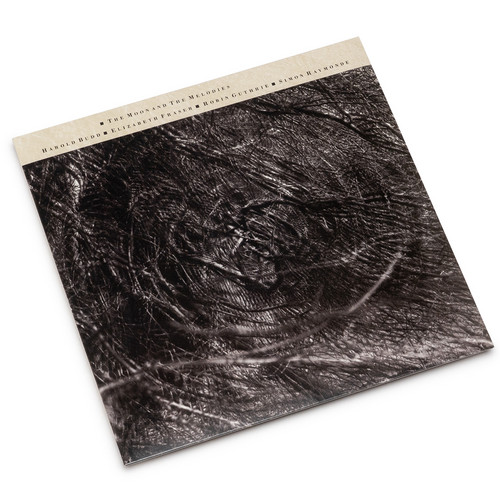Back in stock
Triptych
2024 small repress. "Back to music after three years of silence... On the suggestion of Robert Ashley, Douglas Dunn commissioned this piece from Éliane Radigue for choreography. Only the first part of Triptych was staged at the premiere at the Dancehall/Theatre of Nancy on February 27 1978. Recorded in the composer's studio in Paris. After the premiere of Adnos I (IMPREC 028CD) in San Francisco in 1974, a group of French students introduced Éliane Radigue to Tibetan Buddhism. When she returned t…
Opus 17
* Double CD edition. Metallic silver ink printed on high gloss paper * Eliane Radigue's complete Opus 17, her finest and final work created using feedback, is contained on this double CD. With Opus 17 Radigue perfected her slow mixing technique with sublime results. Imperceptible transformations envelop the attentive listener who is confronted with an immensely physical experience. Time is suspended in powerfully poetic and artful ways as Radigue masterfully sculpts the physical matter of sound …
Mechanization I & II
On this new LP Harry Bertoia shows why he may have been the first industrial musician. Bertoia often referred to his sound sculptures as a "collaboration with industry" and on this new LP Bertoia is intentionally creating heavy, rhythmic music he described as "mechanized," "mechanical" and "factory like." This first edition is packaged in a full color sleeve with metallic inks. Mastered by Tom Eaton at Sounds & Substance.
Recorded in 1971, percussion and repetition emulate the pounding rhythms …
11 Dec 80
11 Dec 1980 is a two CD set containing Eliane Radigue's live performance of Chry-Ptus (1971), her first work for modular synthesizer, and the world premier of parts one and three of Triptych (1978). Triptych part 2 is also performed. Upon hearing these performances for the first time in many years Radigue declared them to be the best versions she'd ever heard. Radigue's sublime renderings of these major pieces are full of illusory stasis, slow change and dense, slow motion drone that has charact…
ℎ− 2− ℎ− − 2 ℎ−
Tip! *100 copies limited edition* Chantal Michelle's latest work is an immersive composition across four movements, originally presented as a multi-channel installation and reworked for stereo. As with her previous release on Dinzu, Michelle exquisitely captures the raw, elemental processes of the natural world – here evoking the layered, grainy textures of geological formations. The track's titles both denote these geological processes and describe the composition's sonic behaviors and trajecto…
Quarter Tone Music - Musique Ultrachromatique
Rare and long deleted double LP focused on the microtonal work of Ivan Wyschnegradsky. The result is one of the most unique concept albums ever created, presenting complex, strange, and beautiful atonalities perhaps only hinted of in the work of Wyschnegradsky's forebears (such as Harry Partch, Alois Haba, Julian Carrillo, Lou Harrison, La Monte Young, Ben Johnston, Terry Riley, Charles Ives, John Eaton, Henk Badings, etc.). This unique release is the opus magnum of Wyschnegradsky, containing th…
Argi Zantzuak
*250 copies limited edition* “Heavily influenced by 80's ambient & New Age music from Japan & Spain, (fans of Hiroshi Yoshimura, Finis Africae, Suso Saiz or Fumio Miyashita will feel at ease here) Iker Munduate presents 12 compositions of highly serene & contemplative minimal ambient music. Wind blowing through the trees, raindrops rolling down the windows, the sounds presented on this album are meant to complete the environment you are in. Filled with subtle textures and soothing harmonic conte…
Vibe
Important Records announces Vibe, the new LP from Extended Organ, the Los Angeles-based quintet associated with the Los Angeles Free Music Society (LAFMS). Vibe, Extended Organ's first full-length studio LP since 2000's XOXO was recorded in April 2016 by members Joe Potts, Fredrik Nilsen, Paul McCarthy, Tom Recchion, and Alex Stevens. The album consists of two side-long tracks, Hate and Vibe, recorded live at LACM Studio in Pasadena, California by acclaimed engineer André Knecht. On Vibe, the gr…
air near silence
Tip! Truly intrigued as a kid by the weird sounds his DIY electronica building kit could make, Mich L. (aka Mich Leemans of Paper Hats and curator of AB Salon) never stopped his quest for more beauty in hidden frequencies and harmonics of modular synths and old tape recorders. His search into the deep mysterious sound spectrum unexpectedly made a surprising u-turn after a seizure of increasing tinnitus and enduring nausea. The concept of listening, as stated by Pauline Oliveiros as 'the involunt…
Moonlight Shadoh
After her stunning and well acclaimed debut album ‘For Trainspotters Only’ Ann Eysermans now releases ‘Moonlight Shadoh’, a tribute to her dog Shadoh. A record on which she explores the bond between herself and her faithful canine friend, Shadoh, through an extraordinary musical odyssey. Ann Eysermans masterfully weaves together a tapestry of field recordings, candy-like harmonies and Shadoh's distinctive houndly expressions.
Creating otherworldly compositions that transcends genres which includ…
Parallèles
* Deluxe Edition limited and numbered to 99 copies in 200g vinyl and metallic sleeve * 1976, Vince Taylor, the Black Archangel of Rock’n’roll, agrees to come and record “Rock’n’Roll Station”, a piece of futuristic clinking of a bicycle wheel. Other sessions contrary to custom, a pigsty with microphones mired in the middle of unruly pigs, towels shaken by Pierre Bastien in the middle of this “bric-a-brac” a noisy piece in homage to Luigi Russolo repertoire reorganized by bonuses and unpublished …
Catalogue
* Deluxe Edition limited and numbered to 99 copies in 200g vinyl and metallic sleeve * 1979, the year of the album Catalogue. Jac Berrocal and his “Marquises of disorder” make the guitars rattle in primrose-sprayed vomit, patchwork of uncontrollable slows, furious accordion (Claude Parle) and martial rocks. Kind of “Micro-cinemas put end-to-end”, a maelstrom of cries and saturation which, paradoxically, an album that is worth the respect of the Punks and the contempt of jazz purists. Berrocal i…
Weltanschauung
At the beginning of 1981 Maurizio Bianchi sent some demo tapes to the Come Organisation in England; after that, they extracted and blended together the sounds to get the final work. The title « Under The Victory Banner », an anachronistic and detrimental track for the rest of the album has been replaced by the title of the same set « Plutoniumetrio » edited in 1982 by the Come Organisation for the compilation « Für Ilse Koch », which fits much better with the other tracks. The Come Organisation…
Neuro Habitat
Quality reissue of a private LP, issued in edition of 300 copies in 1982; a skeletal extremist project that will then transform into the \'soundtrack\' of a movie with the same title, edited and directed by Paul Hurst. It\'s the setting of the griable pre-apocalyptic fossilization, the supreme lapidation of the meanness which creates the myth. There are actual melodies present -- dense and dark that mutate into harsh electronic outbursts.
\"In order to create this sound system, I used the conduc…
Paris 58
A never-before released Donald Byrd & Bobby Jaspar 1958 studio recordings. First official release with the full permission and cooperation INA (Institut National de l’Audiovisuel). Available on vinyl only. No CD, No Digital is scheduled.In July 1958, Donald Byrd made a lengthy visit to Europe, not returning Stateside until December. He fronted a fine quintet that gave concert appearances at festivals held in many countries, Knokke-le-Zoute (Belgium), Cannes (France), Sweden, Norway, Germany – an…
Byrd In Paris (Volume 1)
*2022 stock. In process of stocking* Trumpeter Donald Byrd spent a few months in France in 1958, and a Paris concert resulted in two LPs' worth of material. Byrd's quintet at the time included Bobby Jaspar (on tenor and flute), pianist Walter Davis, Jr., bassist Doug Watkins, and drummer Art Taylor. Byrd was just beginning to find his own sound in the late '50s and he is in excellent form on "Dear Old Stockholm," Sonny Rollins' "Paul's Pal," Jaspar's "Flute Blues," "Ray's Idea," and "The Blues W…
Net of Atoms
Net of Atoms is a new album by Otis Jordan, drawing closely from the previous two albums for Them There - Dodger Point (2020) and Restless Guests (2022) - Jordan delivers his most ambitious and well articulated full length work to date, perfectly rounding off a trio of releases for the label.
Erich Kleinschuster 6tet – Feat. Carmell Jones, Slide Hampton & Art Farmer – ORF / 1968-71
Erich Kleinschuster’s projects and initiatives played a vital role in establishing a spiritual home for jazz in Vienna. The founding of his sextet in 1966 and, in 1968, a jazz department at the Vienna Conservatory, were catalysts for a scene that attracted international stars as well as nurturing the careers of home-grown virtuosos. Many jazz exiles, admired in Europe as they never were in the United States, settled for long periods, carving out new lives on the continent. The recordings in this…
The Moon and the Melodies
Almost forty years after it was initially released, 'The Moon and the Melodies' by Cocteau Twins and Harold Budd is reissued on vinyl for the first time – remastered, from the original tapes, by Robin Guthrie himself.
Kshatrya (The Eye of the Bird) LP
Small repress available. LP version. Transversales Disques presents Kshatrya (The Eye Of The Bird), a never released before recording by French avant-garde electronic composer Igor Wakhevitch. Wakhevitch composed a bunch of major experimental albums in the '70s, such as Logos (1970), Docteur Faust (1971), Hathor (1972), Les Fous D'or (1975), Nagual (1977), and Let's Start (1979). During this 10-year period, Wakhevitch was close to Jean-Michel Jarre, Pink Floyd, Soft Machine, and legendary choreo…

